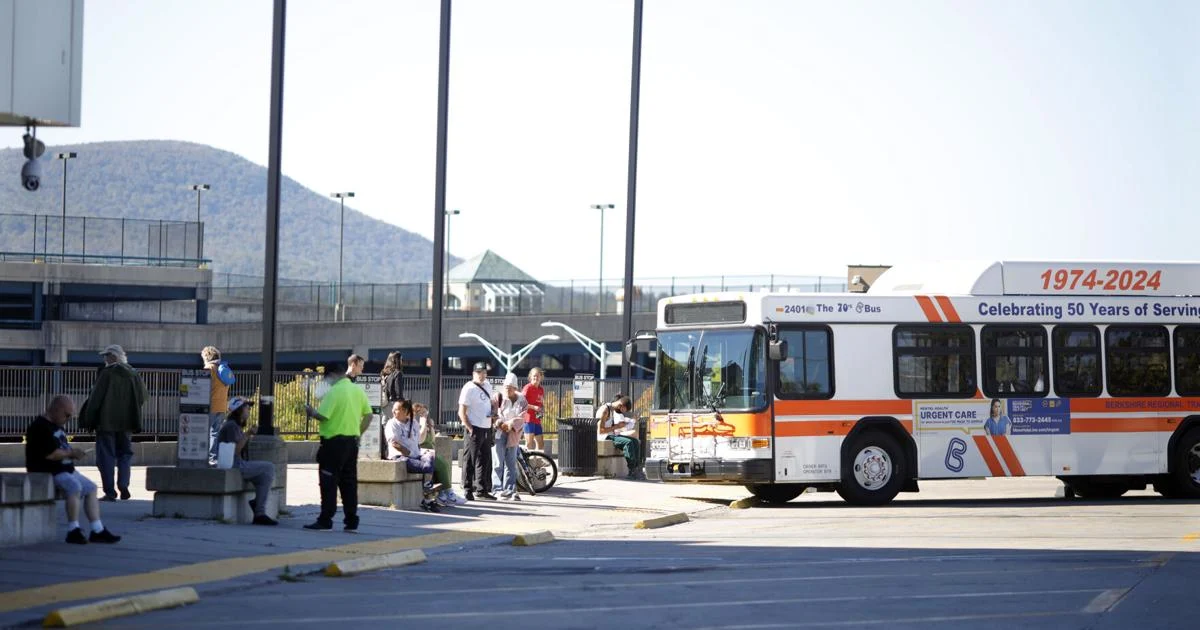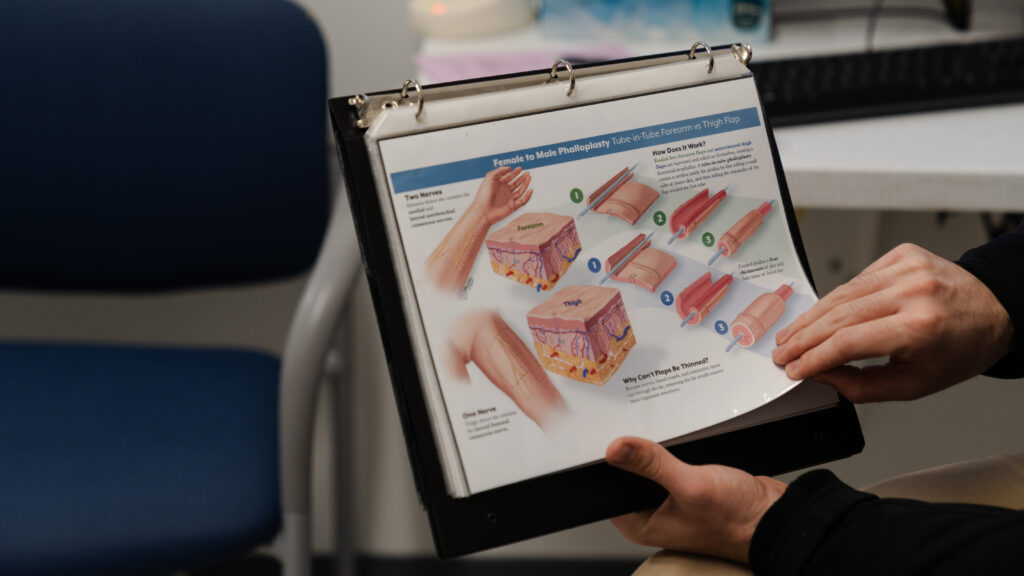By By Maryjane Williams,Stephanie Zollshan — The Berkshire Eagle,The Berkshire Eagle
Copyright berkshireeagle

PITTSFIELD — Every day, Hector Fuentes boards the Route 1 bus to get to and from work.
Even with a steady job, he used to worry about whether he could afford a week’s fare. Since the Berkshire Regional Transit Authority began offering fare-free bus rides last November — a program now extended through June 20, 2026 — Fuentes said he’s saved more than $500.
“It gives me extra money for my kids. It might not seem a lot, but it adds up,” Fuentes said. “It’s a blessing. … People can get to where they got to go without worrying about if they have the money or not.”
The Berkshire County transit system offers bus service across 15 fixed routes and paratransit services by request for people with disabilities. Both will remain free until June 20.
Funded through the governor’s budget, the fare-free program has made transportation more accessible for Berkshire residents. The numbers back it up.
In fiscal 2025, which included eight months of fare-free service, ridership climbed 13.76 percent from the previous year. In total, the BRTA provided 613,408 passenger trips — a count of each time someone boarded a bus.
“We haven’t had over 600,000 folks riding our buses since probably the 1970s,” said Bobby Quintos, the manager of Berkshire Transit Management, the contracted service operator for the BRTA in Pittsfield.
Americans with Disabilities Act Complementary ridership also rose during that period, up 17.6 percent year-over-year — from 26,897 trips in fiscal 2024 to 31,631 in fiscal 2025. This service offers door-to-door rides for those with disabilities on a reservation basis.
IMPACT ON RIDERS
For riders like Vanessa Cohen, the program has eased the challenge of living in a rural area that can make completing even basic errands difficult without reliable transportation.
“We just actually got a place a couple weeks ago, in the outskirts of Pittsfield into Dalton,” Cohen said. “We don’t have a car and we’re on disability, so on a fixed income. So it’s really impacted us a lot to get to our appointments, get food, since we’re kind of out there.”
Caiden Burt rides the bus a few times a week to his job at Berkshire Community College. The service has eased financial and personal pressures, he said.
“It’s been a lot less stressful just knowing I don’t need to deposit a lot of money into the CharlieCard, and I have an anxiety disorder, so it’s nice just to be able to step onto a bus and then that’s it,” Burt said. A CharlieCard is a reusable, rechargeable plastic smart card used to pay BRTA fares.
CHALLENGES BEHIND THE WHEEL
However, the fare-free program has its challenges. Alongside the praise, some riders report more frequent delays and the occasional canceled route.
Quintos said the recent surge in ridership has come up against an ongoing shortage of bus drivers, putting pressure on the transit authority as it works to keep up with demand.
“It’s a bit of a stress on our system because people are riding our buses more and we’re trying to cover our routes as much as possible. So we’re trying to accommodate everyone,” Quintos said. “But we’re very happy with it, that we’re serving the public.”
Recruiting drivers has been a continuing battle, Quintos said. To help, the BRTA now offers paid training for candidates who pass the permit test, plus a $1,000 sign-on bonus. New hires also receive full employer-paid health insurance, retirement contributions and competitive wages.
Still, some drivers complete the training and obtain their license — which can cost several thousand dollars — only to leave shortly afterward, Quintos said.
EXPANDING ACCESS
Even with these hurdles, the BRTA is still working to expand access. One idea in development is a microtransit program that would connect underserved hilltowns like Savoy, Sheffield and Windsor to existing bus routes.
“Microtransit works sort of like Uber or Lyft, where the car would pick you up and then it would drop you off at the nearest bus stop,” Quintos said. “So it’s a first mile, last mile thing.”
The agency is also seeking to modernize its fleet.
“We’re trying to get newer buses. So we’ve applied for a [federal] grant to do that just recently,” Quintos said. “So hopefully we get some good news and get some more large hybrid buses.”



